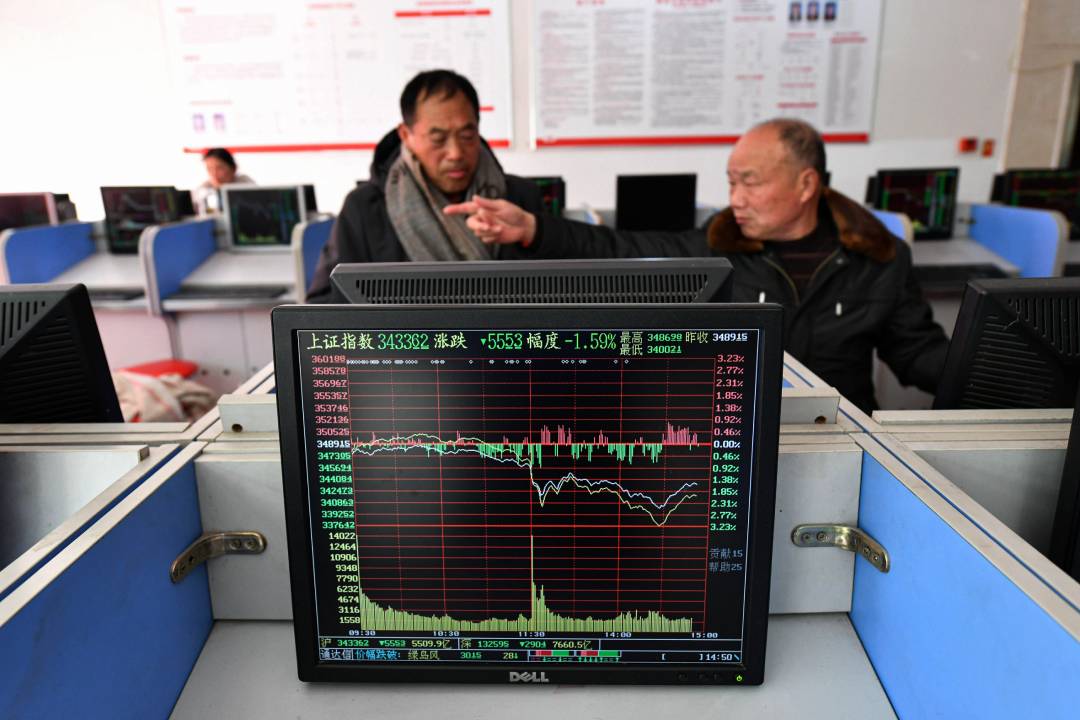

Economic activity trackers
Our Australian Economic Activity Tracker recovered further over the last week pushing to a new pandemic era high as reopening continued. The strength of the rebound adds to confidence that GDP continued to grow this quarter despite the Omicron disruption. Our US and European Economic Activity Trackers also improved. Our Trackers may take a bit of a hit in the weeks ahead from the conflict in Ukraine – but this is more of a risk for Europe and even here the impact is likely to be modest providing gas supplies are not cut.

Major global economic events and implications
Business conditions PMIs rose in the US, Europe, the UK and Australia in February as Omicron cases fell and restrictions were eased but fell in Japan reflecting its more recent spike in Omicron cases.

Inflation pressure readings from the countries to have released manufacturing PMIs for February so far have been mixed, with output and input prices up, albeit down from recent highs, but the backlog of work to be done is continuing to fall.
US economic data was mostly strong. Capital goods orders and consumer spending saw strong gains in January, consumer confidence fell in February but was stronger than expected, home prices continued to surge in December, jobless claims fell and as already noted business conditions PMIs rose in February. Core private final consumption deflator inflation rose further in January to an as-expected 5.2%yoy.
95% of US S&P 500 companies have reported December quarter earnings, with 77% beating expectations (which is about average) and consensus earnings growth estimates for the quarter are up about 30%yoy (which is well up on +21%yoy at the start of the reporting season).
Along with a rebound in Eurozone business conditions PMIs in February, economic confidence also rose.
Chinese home prices stabilised in January after a few months of falls, possibly reflecting policy easing measures.
The Reserve Bank of New Zealand (RBNZ) raised its cash rate for the third time in a row to 1% and will commence quantitative tightening by not replacing its holdings of maturing bonds and actively selling bonds. Its commentary was hawkish, with inflation forecasts revised up and more rate hikes foreshadowed.
Australian economic events and implications
Australian economic activity data was mixed. Construction spending fell slightly in the December quarter, reflecting a fall in dwelling investment and business investment rose a less than expected 1.1%qoq. However, while this points to a fall in dwelling investment and soft growth in business investment in December quarter GDP, new Australian Bureau of Statistics (ABS) data based on bank transactions points to very strong growth in consumer spending in the December quarter, of 6% or more.
Furthermore, investment plans were relatively strong, with plans for this financial year revised up slightly and the first estimate for 2022-23 being nearly 11% higher than the first estimate a year ago for 2021-22. Further, as noted earlier, business conditions PMIs for February rebounded.

December quarter wage growth accelerated to 0.7%qoq or 2.3%yoy. This is still only modest and well below the RBA’s desired 3% annual pace. However, it is picking up, private wages growth including bonuses accelerated to 3%yoy, business surveys continue to point to faster wages growth and labour underutilisation has collapsed to levels seen last decade that saw wages growth above 3%. So, we continue to see wages growth picking up to a 3% annualised pace by mid-year.

The Australian December half earnings reporting season is now largely complete and while the strength of results tailed off a bit in the past week (as it often does), the overall impression has been positive. Companies have weathered the Delta and Omicron waves reasonably well. Supply shortages and rising inflation are causing significant issues, but most are managing costs and maintaining margins successfully.
Outlook statements were more positive than negative. Beats have outnumbered misses, albeit by a narrower than normal margin. There has been some slowing in momentum, but only to approximately normal levels, with 64% of companies reporting profits up on a year ago. 54% have raised dividends, which is less than the average of 59%. 48% of companies have seen their share price outperform on the day they reported, but this is less than the norm of 54%.
However, the greater number of beats and the generally positive outlook has seen consensus earnings growth expectations for the current financial year revised up from 13.1% early in February to 14.9%, driven by energy, materials, financials and utilities.

Outlook for investment markets
Shares are likely to see continued volatility this year as the Ukraine crisis continues to unfold and inflation, monetary tightening, the US midterm elections and geopolitical tensions with China and Iran impact. However, we still see them providing upper single-digit returns this year as global economic recovery continues, profit growth slows but remains solid and interest rates rise but not to onerous levels.
Still-very low yields and a capital loss from a rise in yields are likely to again result in negative returns from bonds.
Unlisted commercial property may see some weakness in retail and office returns, but industrial property is likely to be strong. Unlisted infrastructure is expected to see solid returns.
Australian home price gains are likely to slow with prices falling later in the year as poor affordability, rising mortgage rates, reduced home buyer incentives and rising listings impact. Expect a 10-15% top to bottom fall in prices from later this year into 2023-24 but large variation between regions. Sydney and Melbourne prices may have already peaked.
Cash and bank deposits are likely to provide very poor returns, given the ultra-low cash rate of just 0.1%.
Although the AUD could fall further in response to the Ukraine crisis and Fed tightening, a rising trend is likely over the next 12 months helped by still-strong commodity prices and a decline in the USD, probably taking it to about $US0.80.